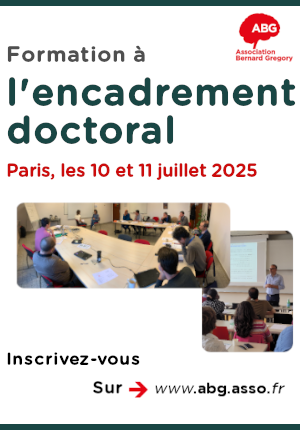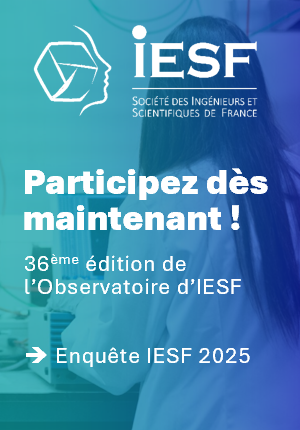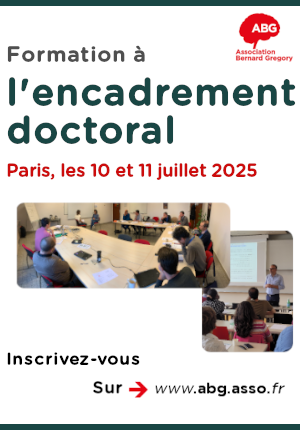Atomes de Rydberg d'ytterbium pour la mesure de champs micro-ondes // Ytterbium Rydberg atoms for microwave fields measurement
|
ABG-131121
ADUM-65274 |
Thesis topic | |
| 2025-04-16 | Other public funding |
Université Paris-Saclay GS Physique
Orsay - France
Atomes de Rydberg d'ytterbium pour la mesure de champs micro-ondes // Ytterbium Rydberg atoms for microwave fields measurement
- Electronics
Atomes de Rydberg, capteur quantique, micro-ondes
Rydberg atoms, quantum sensor, microwave
Rydberg atoms, quantum sensor, microwave
Topic description
La grande sensibilité des atomes de Rydberg aux champs électro-magnétiques permet de les utiliser comme capteurs de champs micro-onde. Ces capteurs, basés sur le phénomène de transparence électromagnétiquement induite (EIT), ont été imaginés il y a une dizaine d'année et connaissent un développement important ces dernières années. Un projet de technologie quantique a récemment été financé et regroupe 4 laboratoires de recherche et une enterprise afin de développer ces capteurs en France.
Ces capteurs qui ont été testés jusqu'ici avec des atomes chauds, pourraient voir leur sensibilité décuplée avec des atomes froids. Notre équipe souhaite également étudier l'utilisation d'atomes divalents comme l'ytterbium pour améliorer les performances de ces capteurs grâce à leur structure électronique spécifique.
------------------------------------------------------------------------------------------------------------------------------------------------------------------------
------------------------------------------------------------------------------------------------------------------------------------------------------------------------
The high sensitivity of Rydberg atoms to electromagnetic fields allows to use them as microwave field sensors. These sensors, based on the phenomenon of electromagnetically induced transparency (EIT), were conceived around ten years ago, and have undergone significant development in recent years. A quantum technology project has recently been funded, bringing together 4 research laboratories and a company to develop these sensors in France.
These sensors, which have so far been tested with hot atoms, could see their sensitivity increased greatly with cold atoms. Our team would also like to study the use of divalent atoms such as ytterbium to improve the performance of these sensors thanks to their specific electronic structure.
------------------------------------------------------------------------------------------------------------------------------------------------------------------------
------------------------------------------------------------------------------------------------------------------------------------------------------------------------
Début de la thèse : 01/10/2025
Ces capteurs qui ont été testés jusqu'ici avec des atomes chauds, pourraient voir leur sensibilité décuplée avec des atomes froids. Notre équipe souhaite également étudier l'utilisation d'atomes divalents comme l'ytterbium pour améliorer les performances de ces capteurs grâce à leur structure électronique spécifique.
------------------------------------------------------------------------------------------------------------------------------------------------------------------------
------------------------------------------------------------------------------------------------------------------------------------------------------------------------
The high sensitivity of Rydberg atoms to electromagnetic fields allows to use them as microwave field sensors. These sensors, based on the phenomenon of electromagnetically induced transparency (EIT), were conceived around ten years ago, and have undergone significant development in recent years. A quantum technology project has recently been funded, bringing together 4 research laboratories and a company to develop these sensors in France.
These sensors, which have so far been tested with hot atoms, could see their sensitivity increased greatly with cold atoms. Our team would also like to study the use of divalent atoms such as ytterbium to improve the performance of these sensors thanks to their specific electronic structure.
------------------------------------------------------------------------------------------------------------------------------------------------------------------------
------------------------------------------------------------------------------------------------------------------------------------------------------------------------
Début de la thèse : 01/10/2025
Funding category
Other public funding
Funding further details
ANR
Presentation of host institution and host laboratory
Université Paris-Saclay GS Physique
Institution awarding doctoral degree
Université Paris-Saclay GS Physique
Graduate school
572 Ondes et Matière
Candidate's profile
Master 2 en physique avec cours de physique atomique
Master 2 in physics with atomic physics lessons
Master 2 in physics with atomic physics lessons
2025-09-12
Apply
Close
Vous avez déjà un compte ?
Nouvel utilisateur ?
More information about ABG?
Get ABG’s monthly newsletters including news, job offers, grants & fellowships and a selection of relevant events…
Discover our members
 CESI
CESI 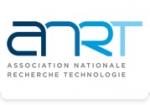 ANRT
ANRT  Institut Sup'biotech de Paris
Institut Sup'biotech de Paris  SUEZ
SUEZ  Groupe AFNOR - Association française de normalisation
Groupe AFNOR - Association française de normalisation  MabDesign
MabDesign  MabDesign
MabDesign  Tecknowmetrix
Tecknowmetrix  Laboratoire National de Métrologie et d'Essais - LNE
Laboratoire National de Métrologie et d'Essais - LNE  Nokia Bell Labs France
Nokia Bell Labs France 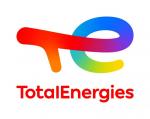 TotalEnergies
TotalEnergies 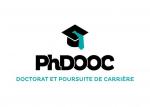 PhDOOC
PhDOOC  CASDEN
CASDEN  ONERA - The French Aerospace Lab
ONERA - The French Aerospace Lab  Généthon
Généthon  ASNR - Autorité de sûreté nucléaire et de radioprotection - Siège
ASNR - Autorité de sûreté nucléaire et de radioprotection - Siège 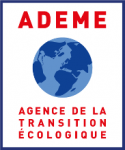 ADEME
ADEME  Ifremer
Ifremer  Aérocentre, Pôle d'excellence régional
Aérocentre, Pôle d'excellence régional

